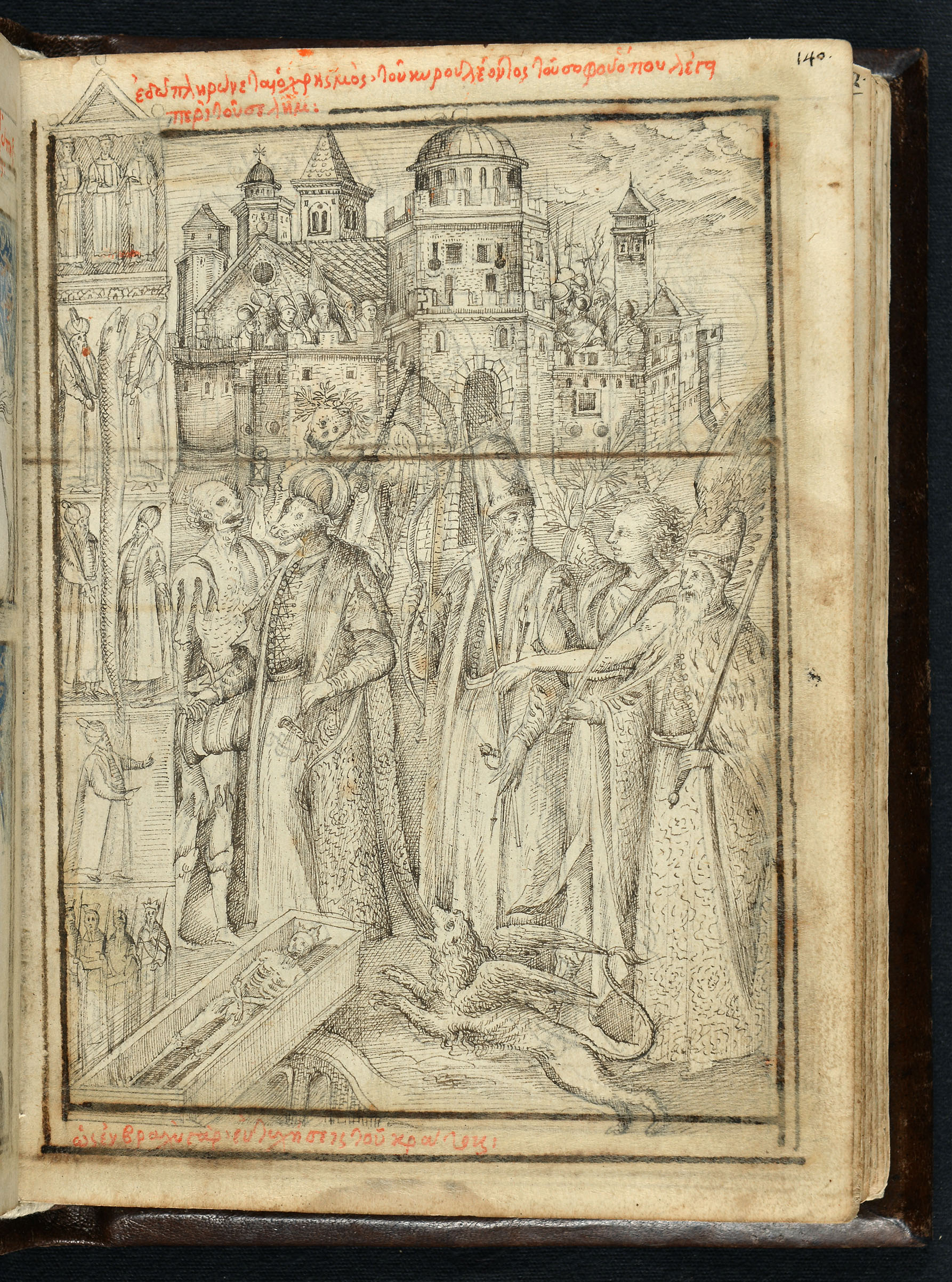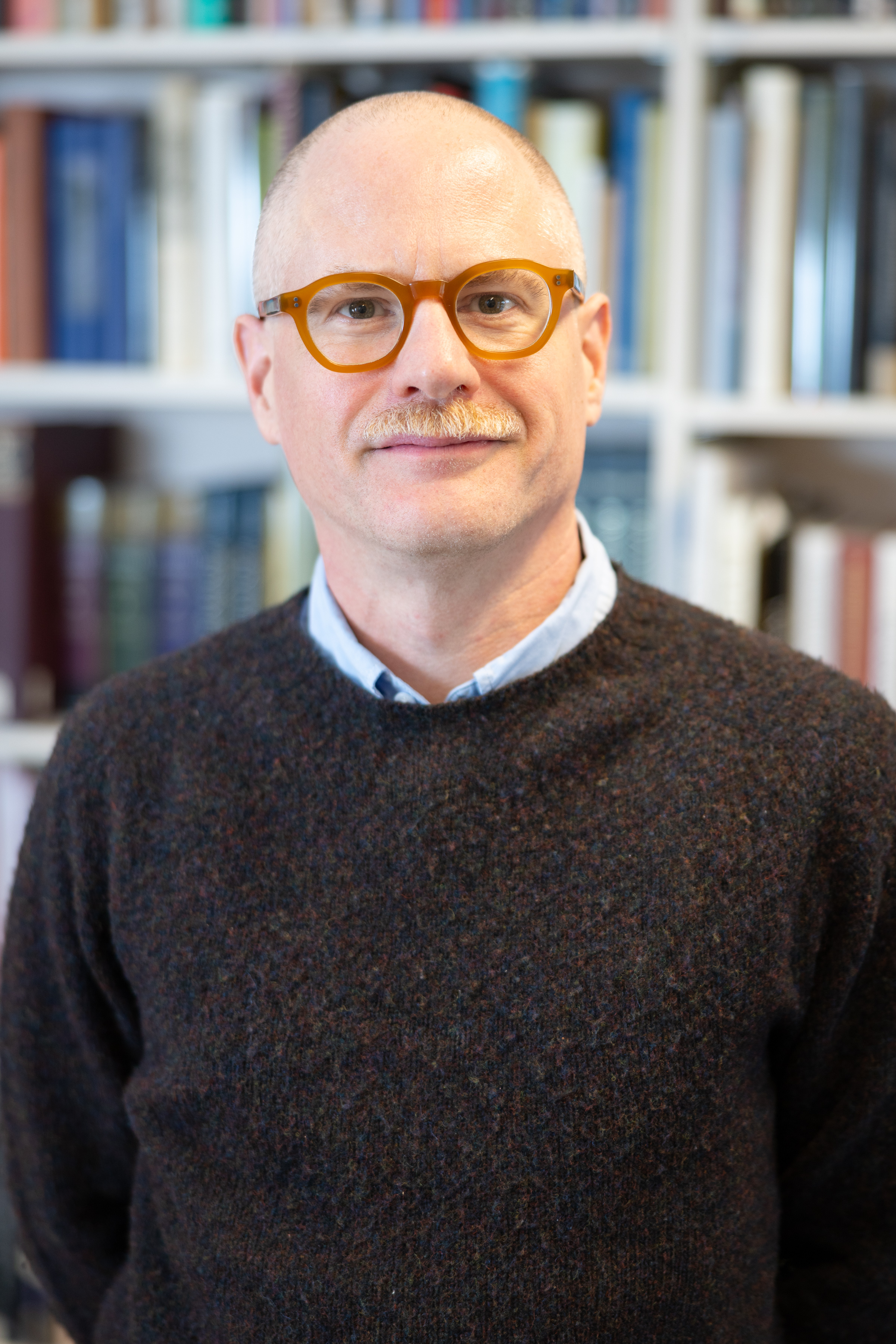The Oracular Image: From Byzantium to the Baroque
Presented By
The Gennadius Library, ASCSA
Speaker(s)
Benjamin William Anderson
Cornell University
Location
ASCSA Cotsen Hall - Hybrid Lectures, Anapiron Polemou 9, Athens 106 76Anapiron Polemou 9
Athens 106 76
About the lecture
 An “oracular image” is a picture, made in the past by human hands and without divine aid, that foretells future events. Thus defined, the oracular image was a Byzantine invention, but it grew out of earlier (classical and Biblical) traditions, and outlived the end of the East Roman state.
An “oracular image” is a picture, made in the past by human hands and without divine aid, that foretells future events. Thus defined, the oracular image was a Byzantine invention, but it grew out of earlier (classical and Biblical) traditions, and outlived the end of the East Roman state.
This talk traces its thousand-year history, beginning with the story of Emperor Leo V (813-20) and the picture in an old book that foretold his death. Such prophecies of future sovereigns recurred in later Byzantine historians and post-Byzantine manuscripts.
The same images were adopted in the Latin book culture of western Europe, where they foretold future popes, and ultimately in French and German literature. They made their final appearance during the Greek Revolution, before falling into modern oblivion. The story of the oracular image thus provides a surprising counterpoint to the more familiar story of the Byzantine icon and its European afterlives.
About the speaker
 Benjamin Anderson (PhD Bryn Mawr College) is Associate Professor of History of Art and Classics at Cornell University.
Benjamin Anderson (PhD Bryn Mawr College) is Associate Professor of History of Art and Classics at Cornell University.
His first book, Cosmos and Community in Early Medieval Art (2017), addressed astronomical imagery in early medieval, Byzantine, and Islamic art. As an editor, he has collaborated on volumes treating antiquarianism (with Felipe Rojas and Byron Ellsworth Hamann), the archaeology of neighbourhoods (with Fotini Kondyli), the history of Byzantine studies (with Mirela Ivanova), and Hagia Sophia (with Emily Neumeier). His edition of Robert Wood’s eighteenth-century studies of the Ruins of Palmyra and Baalbek appeared in 2021.
His Gennadius lecture gives a preview of his book in progress, a study of the Byzantine “Oracles of Leo” and their reception in early modern Europe.